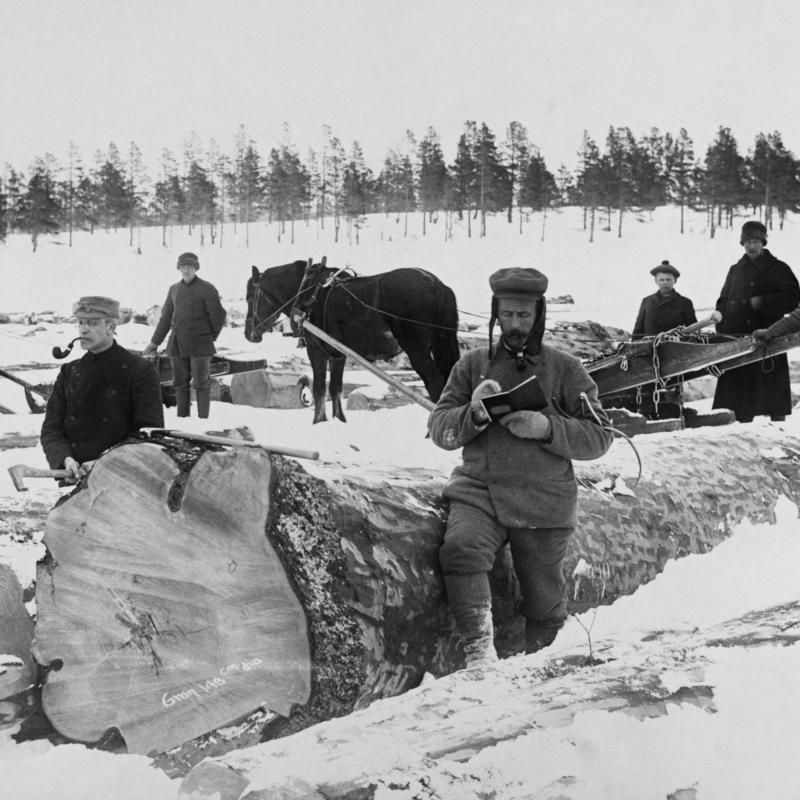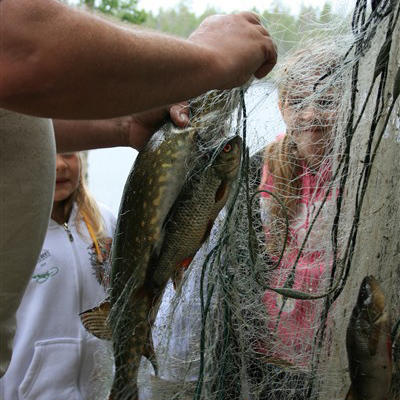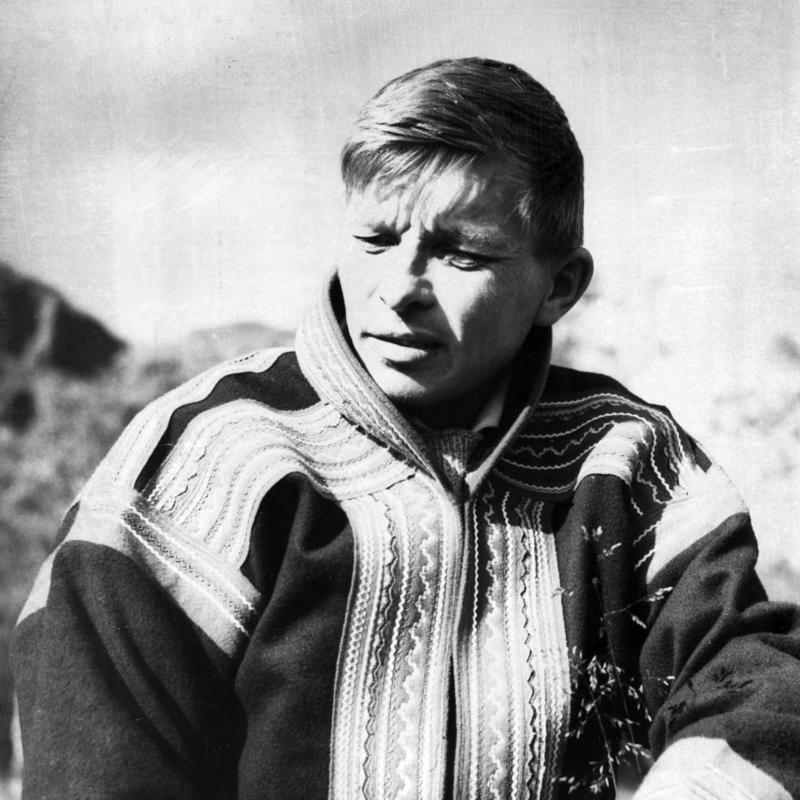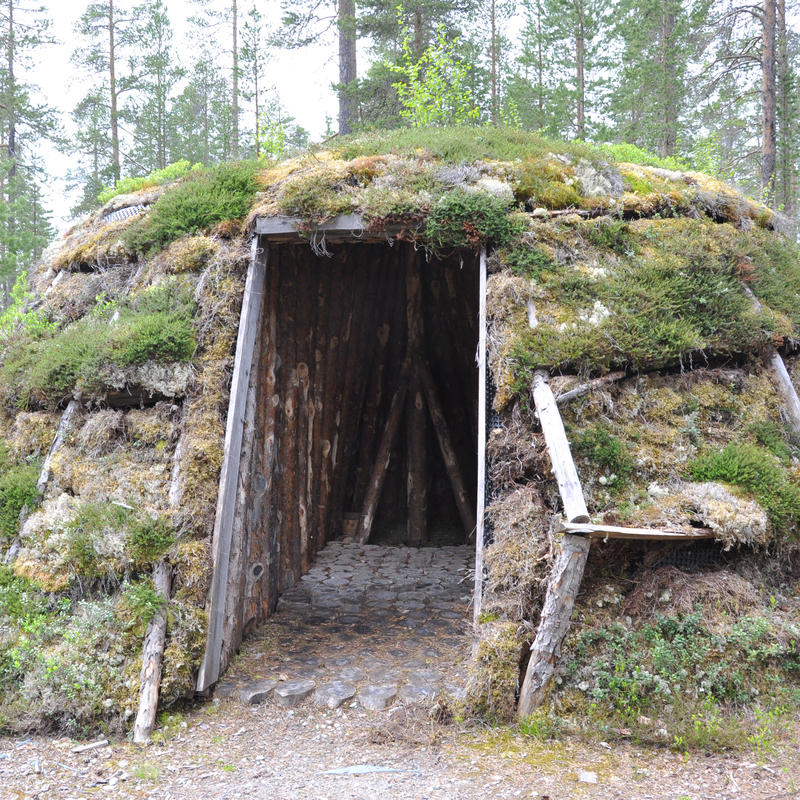There have not been done many archeological excavations in Engerdal, but random digs prove that people roamed these areas as early as in the Stone Age. Settlements from the Stone Age have been found by Lake Femund and by several smaller lakes. Weapons and tools affirm that the people here lived of fishing, hunting and trapping. Shavings of flint and quartz and well-shaped arrowheads are just some of the findings. It is assumed that these minerals were used in both hunting and fishing. Trapping pits and boiling stones shows that the way of living was the same for centuries.
It has not been established when people starting cultivating the land in this area, but a grave from the 800s, found by River Husfloden, indicates a woman was living and buried there. The farming was based on cattle raising. There are many indications that the settlers eventually moved on, but it is uncertain when this happened. It was not until 1698 people again settled in this area. Also then the farming was based on cattle raising, as well as extensive gathering from the nature, including outlying fields and leaf and moss collecting. The seter (an outlying farmhouse) was essential for this lifestyle. Hunting, trapping and fishing have been important additions to the household in these areas, even up to modern times.




